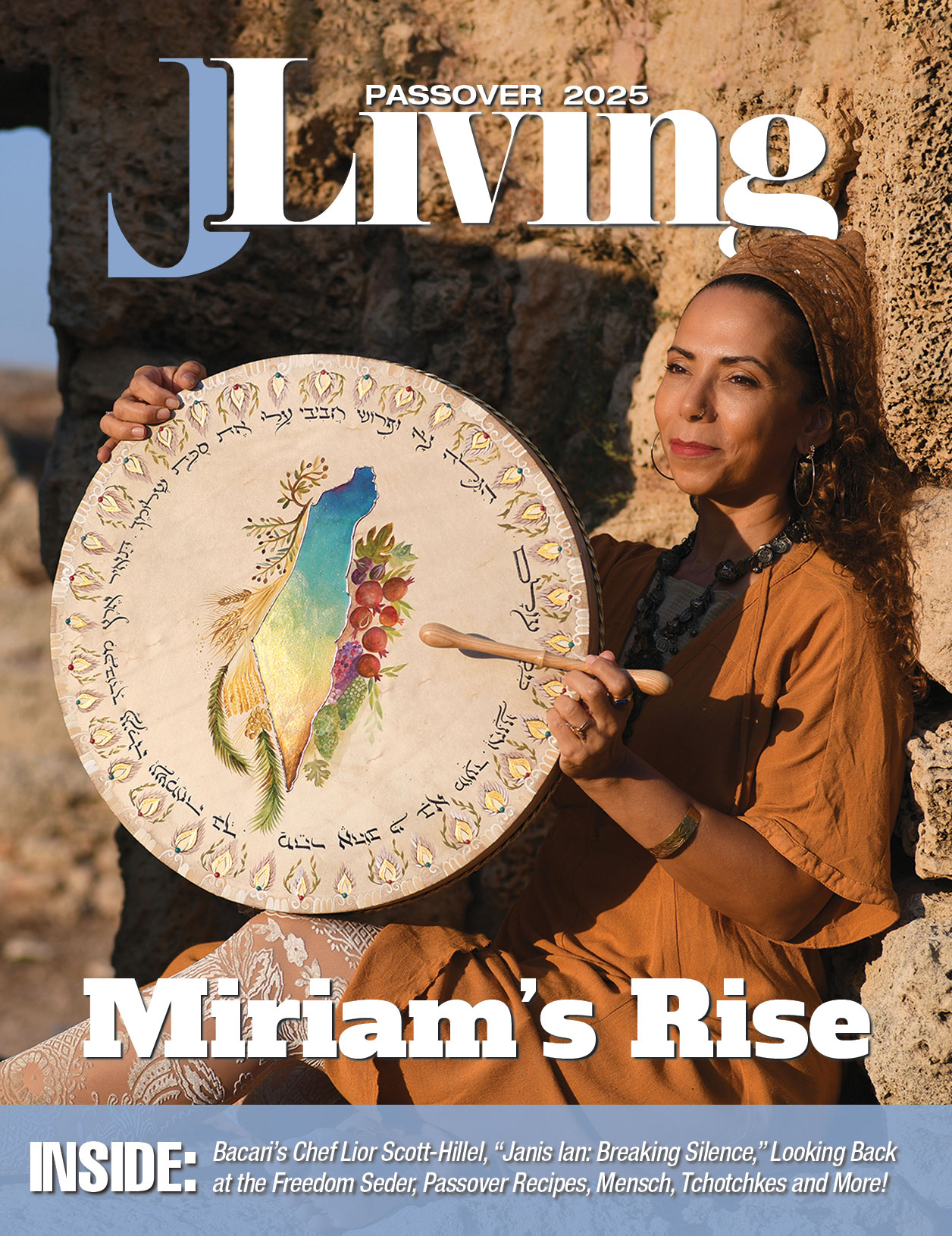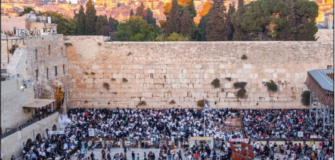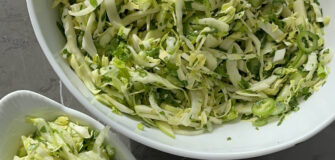Sabor Judio – Jewish MexicanFood
“Sabor Judío, the Jewish Mexican cookbook,” was created for us to celebrate it.
Six years ago, Margaret E. Boyle and Ilan Stavans, two academics living in the Northeast, shared a meal and discovered their combined heritage and love of Mexican Jewish food. Neither one of them ever expected their name to be associated with a cookbook, but through a shared passion, “Sabor Judío, the Jewish Mexican cookbook,” was created for us to celebrate!
Margaret, an Associate Professor of Romance Languages and Literatures, Director of Latin American, Caribbean, and Latinx Studies Program at Bowdoin College, invited Professor Ilan Stavans, the Lewis-Sebring Professor of Humanities and Latin American and Latino Culture at Amherst College, to present at Bowdoin’s annual Jewish studies event. The two professors learned that their family stories were quite similar.
Both professors had ancestors who had fled Eastern Europe duringthe times of the pogroms. At the time, immigrating to the United States was difficult due to a nationality-based quota system. So, the relatives left Europe and found Mexico to be a welcoming home.
Mexico was no stranger to Jewish immigrants. The first period of Jewish immigration was during the colonial period, when Jews arrived to escape the Spanish Inquisition, and Mexico welcomed the Spanish and Portuguese Crypto-Jews.
The second period, the Porfiriato, from 1876 to 1910, was a call for modernization and foreign investment. This led to the arrival of more assimilated and less observant Jews from France and Germany during the final years of this period, a larger influx of Sephardic Jews migrated from the falling Ottoman Empire.
The third period started after the Mexican Revolution (1910-1917). This period had the largest wave of Jewish immigrants, as 12,000 Jews entered Mexico. For many, this was supposed to be just a stopover on their ultimate goal of the United States, but tough new immigration restrictions led many to accept Mexico as their home.
As Margaret’s great-grandmother Baba Malka and Ilan’s grandmother Bobe Miriam arrived in Mexico, they both tried to hold onto the traditions of the shtetl. Each clung to their way of life and created a notebook of their treasured recipes to give to future generations. At first, the challenge was how to recreate the dishes that they remembered adapting to new ingredients and the new world.
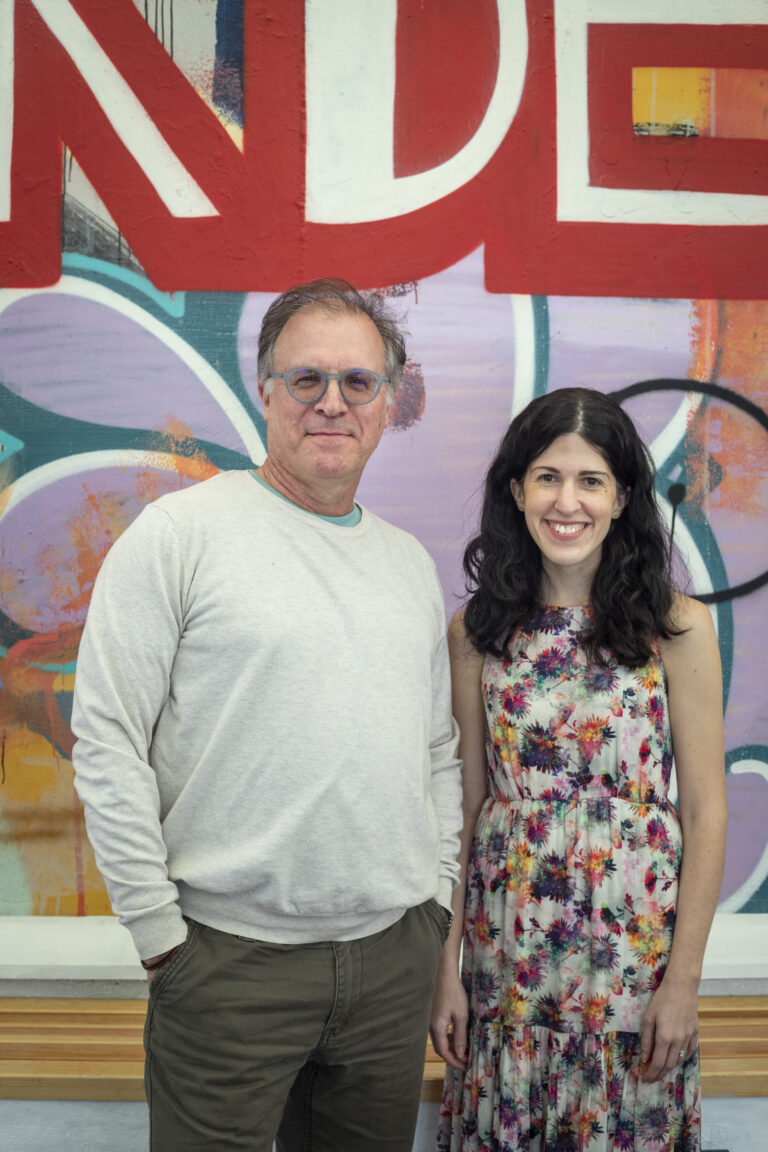
Margaret grew up in Los Angeles and visited Mexico to be withher Mexican family for the holidays. She came to America as one set of her grandparents arrived with their daughter (Margaret’s mother) in the 1960s in the pursuit of the American dream. Margaret was raised in Westwood and her family attended Sinai Temple, where Holocaust survivor Edith Singer made a huge impact on her. Margaret graduated from Beverly Hills High School and went on to Reed College in Portland, Oregon.
At Reed, Margaret remembers it as “being a kind of awakening for me about my Jewishness and being Latina as part of my identity because L.A. is so full of Jewish people and of immigrants that I didn’t even appreciate those things as being distinctive. It was like the first time that I remember struggling to find matzah at the grocery store.”
Margaret graduated with a Bachelor of Arts Degree in Spanish and continued her education with her PhD at Emory University in Atlanta. After working for a few years at Oberlin College in Ohio, she has been at Bowdoin College in Brunswick, Maine, for 10 years.
Margaret bemuses, “It’s very funny because even the fact that I’m a Spanish professor, my family makes fun of me because as a teenager, I didn’t want to speak Spanish. And as a teenager, I wasn’t walking around and talking about being Jewish, either. But both of these aspects of my identity have become so important to me.”
Ilan grew up in Mexico City, but not in the traditional Jewish neighborhood. Ilan considers his parents rebels: “My mother, unlike many other women of her generation, went and got a PhD, and my father was an actor. That is, he wasn’t a businessman or a doctor.
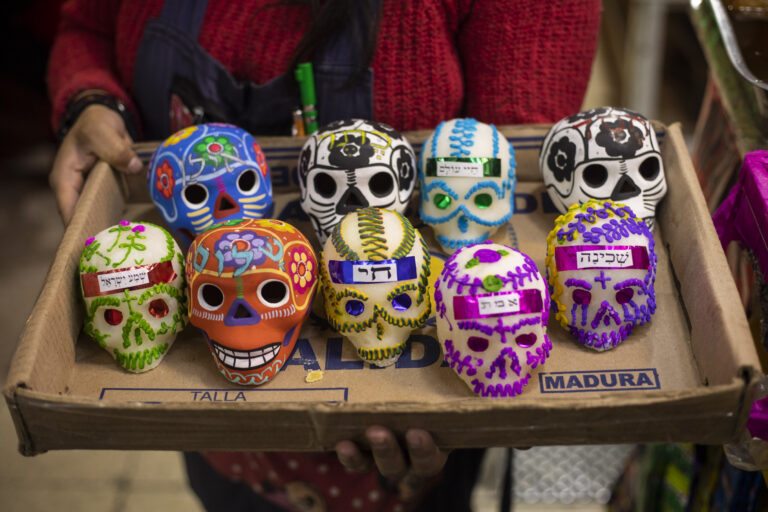
”Despite their move to a more assimilated lifestyle, Ilan attended Yidishe Shule. He explains: “The school is non-orthodox, where Yiddish was a way of inheriting the culture of the past of Eastern Europe. My identity as a Jew was defined. It was an education that was insulated. In many ways, my interactions with non-Jews were limited to neighbors but not the school friends or others.”
Similar to Margaret, when Ilan ventured to college, he was faced with a challenge to his identity. He went to college with the hope of shedding his Jewish identity. “It was in many ways a shock for me when I left a high school and went to college in Mexico, and that’s the moment when I discovered the complexity of Mexico,” Ilan says.
He continues: “In many ways, I was no longer with Jews. I went through a period of rebellion. I wanted to be Mexican. I felt that my parents and my grandparents had done a disservice in that they had not allowed me to fully assimilate into this country, which had been very generous in opening its doors. My first two years of college were a rejection of anything Jewish as I pushed as far away as possible, and in particular, Yiddish. I thought, why on Earth did my grandparents and parents teach me a language that has no country, which has no function, and I should have learned French? I should have learned English.”
Ilan adds, “Then I began to assimilate in college and realized that people would say, ‘Oh, you have a funny name, or you look different, or hey, are you Jewish? Are you circumcised, or? Hey, are you Jewish? You probably know how to count dollars.’ The environment didn’t quite allow me to forget my background, and halfway through college, I just couldn’t handle the tension anymore. I quit college and went to travel to Europe and went to the Middle East. And that was a very important moment for me, to rediscover who I was.”
Ilan came back to college, and after graduating, he moved to New York City and realized that “nobody could care less that I was Jewish. But I was Mexican, and yet I didn’t look Mexican. I discovered the crossroads of being Jewish and Mexican. Instead of hating Yiddish and looking down at it, I thought, wow, this is a great thing that I have. I can learn French and I can learn English and German, but now I have Yiddish. What an amazing thing is. And then I started to realize that there was something absolutely unique in the Mexican Jewish community that I was having the privilege of being from that I could look back, study it, reflect on it and write about it to disseminate its knowledge. And that’s what I spend my life doing.”
As Margaret and Ilan sat down and talked about food, they discovered that both their family notebooks had some of the same recipes. In particular, Margaret mentions a recipe for cinnamon cookies. “This recipe is probably a traditional Polish kind of cookie that they both adapted with a Mexican beer. They were both preparing the same cookie, they were both alive around the same time, and we don’t think they ever met each other, but there’s something really special about them, both hanging onto these same dishes.”
As they write in the cookbook, this led the two to question, “What in essence is Jewish Mexican food? To what extent is it authentic?” For Margaret and Ilan, the food served represents a homage to tradition with a sense of resiliency and adaptation, especially the foods that are cooked for the Jewish holidays.
Both Margaret and Ilan have vivid memories of their youth, with 20-30 people gathering for the Jewish holidays and eating both traditional and adapted Mexican Jewish food. Ilan recalls how his grandmother tried to adhere to the recipes of her mother and grandmother, while Ilan’s mother started to add different kinds of spices and chiles.
As Ilan explains, “I think that these new dishes are a new way of looking at memory. The combination of the memory that had come from their old world with the new memories that we are all building and accumulating.”
Margaret sees the power of the food forming connections, adding, “I have two kids, and part of keeping them enthusiastic about being Jewish I think is introducing them to all of our delicious foods.”
Ilan explains the evolution of his family’s Mexican food journey through gefilte fish and latkes. “When I was very little, we had gefilte fish, which I didn’t like. It was just the traditional gefilte fish slice with a slice of a carrot and the beet horseradish. The horseradish was replaced with salsa, and then mango was added. A mango salad was added to the side of the fish with a bollilo, Mexican bread. The salsas, Pico de Gallo and guacamole would also be there.
“The latkes my grandmother or my mother would serve would feel plain and insipid and unmemorable until somebody thought of adding mole, the chocolate, spicy sauce that you eat with chicken. And so during Hanukkah, you would have the latkes with the sour cream, and then you would add the mole on top, and it became a sensation. Everybody wanted to have it. It was so Jewish and so Mexican.”
Knowing they were onto something, Margaret and Ilan put a call out for recipes in the Diario Judío, Mexico’s go-to Jewish publication. Margaret remembers that they got “a lot of emails submitted, sometimes in Spanish, sometimes in English, sometimes in a mix. And then occasionally we would get these messy images that were handwritten with some Spanish and Yiddish. So, our step number one was just transcribing and translating and standardizing the recipes to really see what we had.”
They further reached out to other chefs and historians to make sure they were incorporating the diversity of the Mexican Jewish experience. Finally, they teamed up with Jewish cookbook author Leah Koenig to standardize and test the recipes — as a handful of this or a bit of that means very different things to different cooks.
With 100 recipes included, Sabor Judío is a great way to explore Jewish Mexican food. As Leah writes in the book’s preface, the book “captures the story of a group of people and a place that is at once historic and evolving.” And with recipes like a Challah French Toast con Cojeta, Stuffed Poblanos with Guacamole and Gribenes, Mango Noodle Kugel, and Cinnamon Churro Babka, this cookbook will be a treasured resource.
JLiving is grateful to the authors for sharing a few holiday recipes with our readers: a Pomegranate Margarita, a festive way to start the New Year; Brisket Tacos in Three-Chili Salsa with Phylliss’s Rhubarb, offering a fresh take on brisket; and Avocado Egg Salad, an ideal dish to break your fast.
“Sabor Judío: The Jewish Mexican Cookbook,” written by Ilan Stavans and Margaret E. Boyle. Available October 8, 2024.

